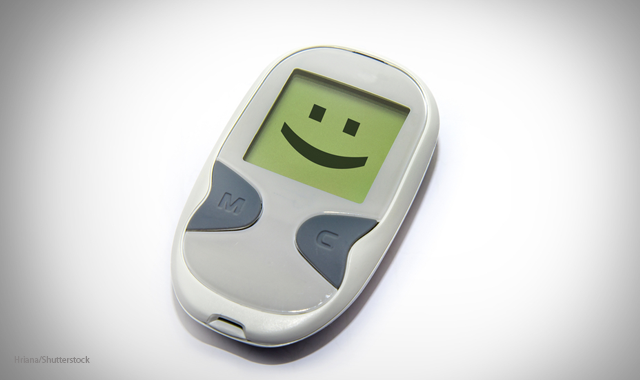Early Intervention May Help Diabetes Patients
While aggressive early intervention may be useful for diabetes patients, that intervention must be sustained.

Around 84 million Americans-about 1 in 3 people in the country-have what’s known as prediabetes, according to the CDC. Prediabetes can then lead to type 2 diabetes. But a study from the National Institute of Diabetes and Digestive and Kidney Diseases (NIDDK), part of the National Institutes of Health, finds that early intervention in patients with prediabetes or newly-diagnosed patients with type 2 diabetes can help to increase insulin production.
The study examined the role of three different treatments and the possibility of slowing the decline of beta cell function, an effect of diabetes. Patients were given either long-acting insulin (glargine) for three months followed by nine months of metformin, liraglutide with metformin for 12 months, metformin alone for 12 months, or a placebo.
All three of the interventions resulted in higher beta cell function. The largest improvement was seen in the group receiving both liraglutide and metformin. However, after examining the patients three months after treatments ended, there was no evidence that the effects were sustained.
“The findings suggest that in individuals with either of these states of dysregulated glucose metabolism, intervening very early can improve insulin production,” study author Steven Kahn, MD, tells Managed Healthcare Executive. “However, as this is not sustained after treatment withdrawal, it indicates that at this time we do not have a treatment approach that can be used intermittently but rather that we have to continue therapy without periods of withdrawal.”
Related article: Five Ways Diabetes Treatments are Changing
The study also showed that younger patients do not respond as well to treatment-even sustained treatment-as older patients.
When patients aged 10 to 19 were given similar interventions as the adult group (ages 20 to 65), beta cell function declined during treatment and then worsened after treatment ended. The younger patients were given only two treatment regimens: three months of insulin glargine followed by metformin for nine months as well as metformin alone for 12 months, because metformin and insulin glargine are the only diabetes 2 treatments approved for youth with type 2 diabetes.
“The findings in both age groups therefore suggest that we should focus on better understanding the disease process in youth as to why it is more aggressive,” says Kahn, “and should be trying to identify new targets that can improve and maintain beta-cell function in both youth and adults.”
Nicholas Hamm is an editor with Managed Healthcare Executive
David Calabrese of OptumRx Talks New Role, Market Insulin Prices and Other Topics 'On His Mind'
April 13th 2023In this month’s episode of the "What's On Your Mind podcast," Peter Wehrwein, managing editor of MHE connects with the now Chief Clinical Officer of OptumRx Integrated Pharmacies, David Calabrese. In this conversation, David touches on his transition in January as OptumRx’s former chief pharmacy officer and market president of health plans and PBMs to his new role as Chief Clinical Officer where he now focuses more on things such as specialty pharmacy to home delivery — with an overall goal of creating whole-patient care. Throughout the conversation, Calabrese also touched on the market’s hot topic of insulin prices and behavioral health services within the OptumRx community, among other topics.
Listen
Briana Contreras, editor of Managed Healthcare Executive, spoke with Nancy Lurker, CEO and president of EyePoint Pharmaceuticals. Nancy shared a bit about EyePoint and how the organization’s innovative therapies are addressing patient needs through eye care, and most importantly, she addressed C-Suite positions like the CEO role. Nancy shared advice for those seeking to reach the CEO level, especially toward women in healthcare and other roles, and what it takes to run a biopharma company.
Listen
Florida Gets the OK. But Will Drug Importation from Canada Actually Happen?
March 5th 2024Canadian health officials warn that maintaining a drug supply for Canadians is their priority. The staunch opposition of the U.S. pharmaceutical industry may also be an obstacle to imports from north of the border.
Read More